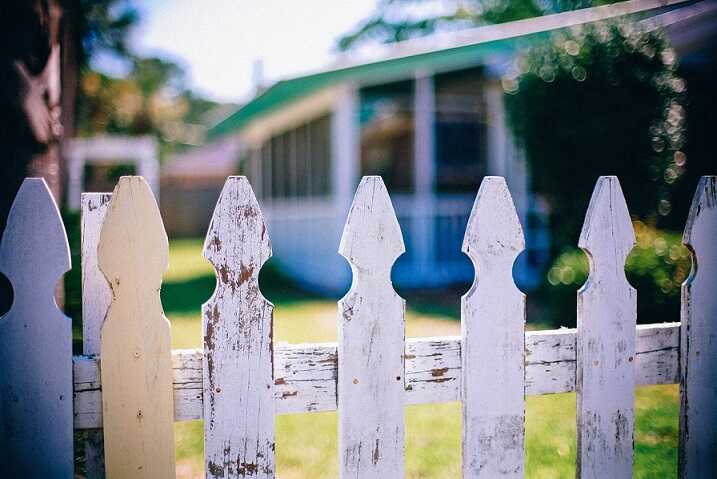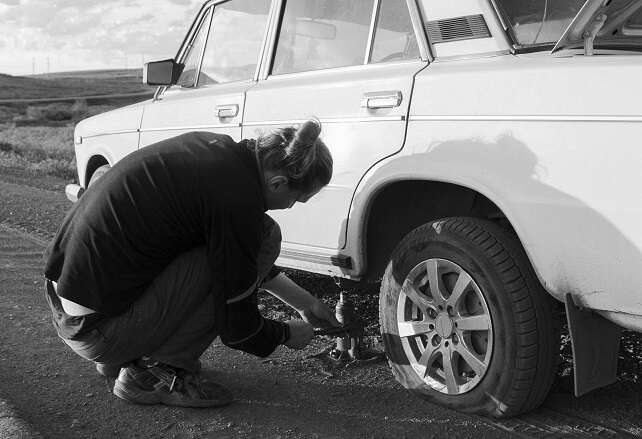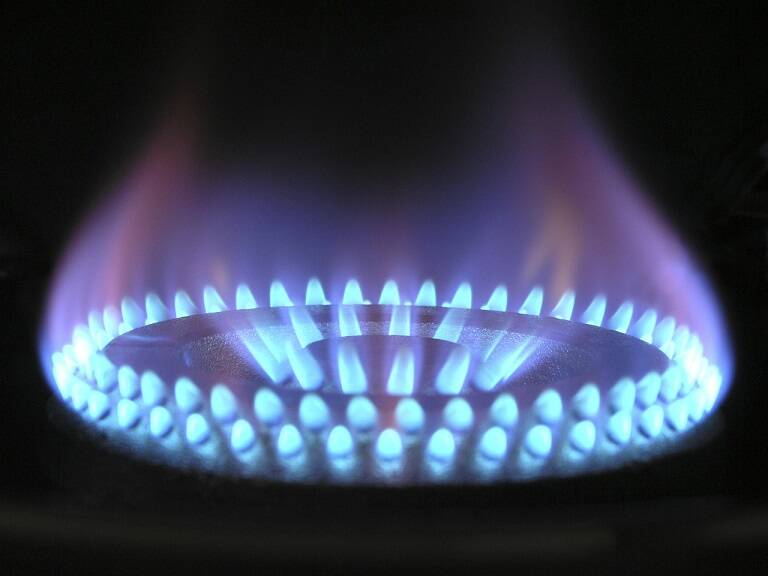Expert Advice and Practical Tips for Preventing Home Fires
Fire safety is crucial for every household. A home fire can start in an instant and spread quickly, causing devastating damage and endangering lives. Understanding common fire hazards and taking preventive measures can significantly reduce the risk of home fires.
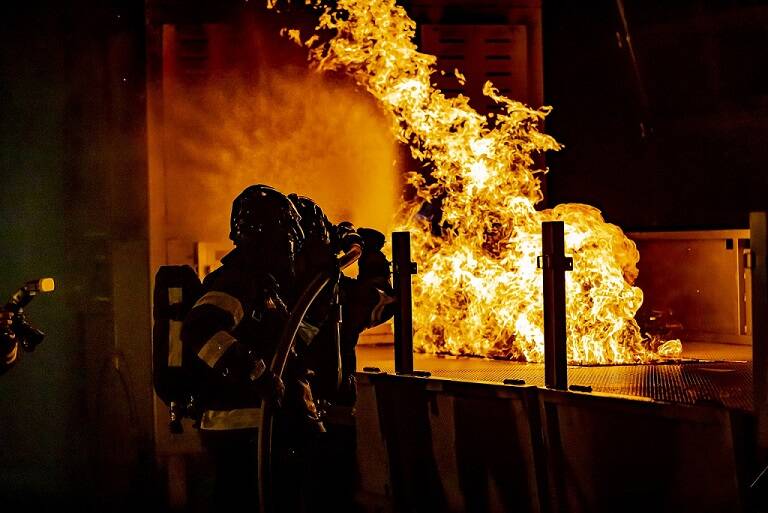
What is fire?
Fire is a chemical reaction involving rapid oxidation or burning of a fuel. It requires three elements: heat, fuel, and oxygen, often referred to as the fire triangle. Removing any one of these elements will extinguish the fire.
How fires start and spread
Fires can start from a variety of sources, including open flames, electrical sparks, and overheated appliances. Once a fire starts, it can spread rapidly through combustible materials, such as furniture, curtains, and other household items.

Kitchen Safety
Cooking appliances and fire risks
The kitchen is a common area for home fires, often caused by unattended cooking or malfunctioning appliances. Gas stoves, electric ranges, and deep fryers are particularly hazardous.
Safe cooking practices
Never leave cooking unattended, keep flammable objects away from the stovetop, and use timers to remind you when food is done. Always have a lid nearby to smother small fires.
Handling grease fires
If a grease fire starts, do not use water to extinguish it. Instead, cover the fire with a metal lid or baking sheet, turn off the heat source, and use a fire extinguisher if necessary.

Electrical Safety
Common electrical hazards
Overloaded outlets, frayed wires, and malfunctioning appliances are major electrical fire hazards.
Proper use of electrical devices
Avoid overloading outlets, use surge protectors, and unplug appliances when not in use. Regularly inspect cords for damage.
Warning signs of electrical issues
Flickering lights, burning smells, and frequently tripped circuit breakers are signs of potential electrical problems. Address these issues promptly to prevent fires.

Heating Equipment Safety
Safe use of space heaters
Keep space heaters at least three feet away from anything flammable. Never leave them unattended and ensure they have an automatic shutoff feature.
Fireplace and wood stove safety
Have chimneys and vents inspected annually. Use a screen to prevent sparks and never leave a fire unattended.
Maintenance of heating systems
Regularly service your heating system to ensure it operates safely and efficiently. Replace filters as recommended by the manufacturer.

Candle Safety
Proper candle usage
Keep candles away from flammable objects and never leave them burning unattended. Use sturdy candle holders that won’t tip over.
Alternatives to candles
Consider using battery-operated candles or LED lights for ambiance without the fire risk.

Smoking Hazards
Risks associated with smoking indoors
Smoking indoors is a leading cause of home fires. Always smoke outside and use deep, sturdy ashtrays.
Safe disposal of smoking materials
Ensure cigarettes are fully extinguished before disposing of them. Never throw them into the trash directly.
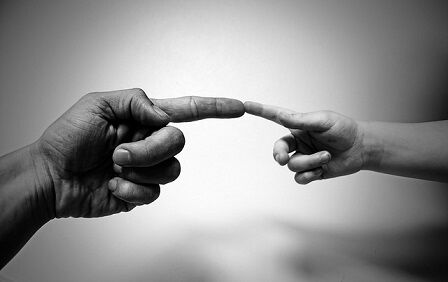
Child Safety
Teaching children about fire dangers
Educate children about the dangers of fire and what to do in case of an emergency. Teach them to stop, drop, and roll if their clothes catch fire.
Childproofing your home against fire risks
Keep matches and lighters out of reach, use safety covers on outlets, and never leave children unattended near open flames or hot appliances.

Fire Safety Equipment
Smoke alarms: installation and maintenance
Install smoke alarms on every level of your home, inside bedrooms, and outside sleeping areas. Test them monthly and replace batteries at least once a year.
Fire extinguishers: types and usage
Keep a fire extinguisher in key areas such as the kitchen and garage. Learn how to use it and ensure it’s properly maintained.
Fire blankets: when and how to use them
Fire blankets can smother small fires or be used to wrap around a person whose clothes are on fire. Keep them easily accessible in your home.

Creating an Escape Plan
Importance of having a plan
An escape plan ensures everyone knows how to exit the home quickly and safely during a fire.
Steps to create a fire escape plan
Identify all exits and escape routes, establish a meeting place outside, and ensure everyone in the household understands the plan.
Practicing your escape plan
Conduct regular fire drills to practice your escape plan. Make sure everyone can evacuate the home in under two minutes.
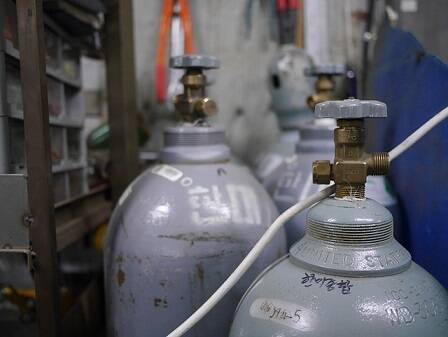
Storing Flammable Materials
Safe storage practices
Store flammable materials like gasoline, paint, and cleaning supplies in approved containers and away from heat sources.
Identifying and managing hazardous materials
Regularly check for and properly dispose of hazardous materials. Keep your home organized to minimize fire risks.

Holiday Fire Safety
Risks during holidays
Holiday decorations, lights, and increased cooking can raise fire risks.
Safe practices for decorations and lights
Use non-flammable decorations, inspect holiday lights for damage, and never leave lights on unattended.
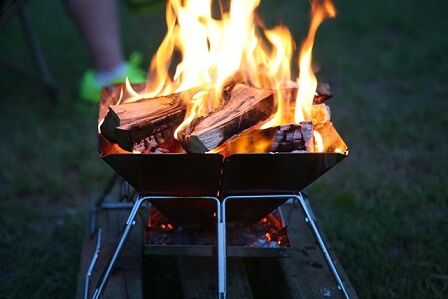
Outdoor Fire Safety
Fire risks in the yard
Dry leaves, grass, and overhanging branches can be fire hazards.
Safe use of barbecues and fire pits
Keep grills and fire pits away from structures, use them on stable surfaces, and never leave them unattended.
Conclusion
Preventing home fires requires awareness and proactive measures. By understanding common fire hazards and implementing safety practices, you can protect your home and loved ones. Stay vigilant, maintain your fire safety equipment, and regularly review your fire escape plan.
FAQs
What should I do if my smoke alarm goes off while cooking?
If your smoke alarm goes off while cooking, open windows to ventilate the area and fan the smoke away. Do not disable the alarm. If the smoke is not from a fire, the alarm should reset once the air clears.
How often should I check my smoke alarms?
Test your smoke alarms monthly and replace the batteries at least once a year. Replace the entire unit every 10 years.
What type of fire extinguisher should I have at home?
A multi-purpose (ABC) fire extinguisher is suitable for most homes. It can handle fires involving ordinary combustibles, flammable liquids, and electrical equipment.
Can I use water to put out an electrical fire?
No, never use water on an electrical fire. Use a Class C fire extinguisher instead, as water can conduct electricity and cause a shock hazard.
How do I create a fire escape plan?
To create a fire escape plan, identify all exits and escape routes, establish a meeting place outside, and ensure everyone understands the plan. Practice it regularly with your household.
Certain content that appears on this site comes from Amazon. As an Amazon Associate, we earn from qualifying purchases. Read the full Disclaimer Here!



